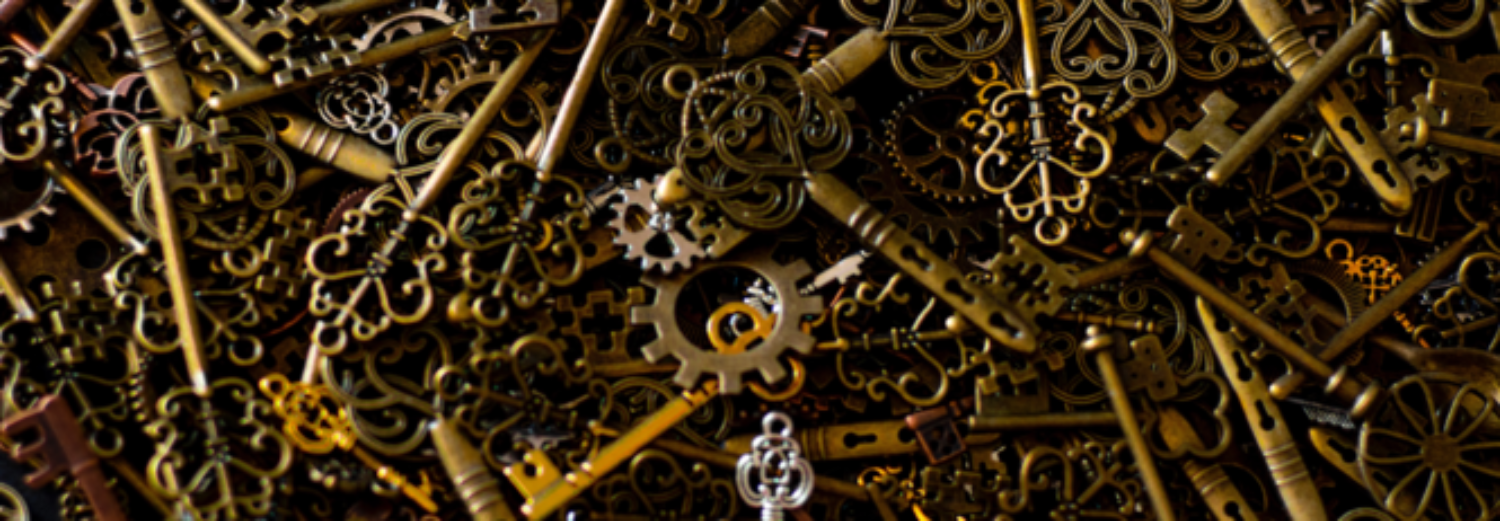Selecting the Right Signals
What is a signal of change? What can they do for us?
What is a signal of change? What can they do for us?
The truth is, signals are subjective. And whether or not a signal is "good" really depends on what you're using it for. Here are some tips for figuring out whether a signal is fit for purpose.

What is it for?
Broadly speaking, you can separate signals into two categories: internal signals for developing forecasts and external signals for illustrating those forecasts.
Internal signals for developing forecasts
If you are looking for signals for your own research, then evaluation is pretty straightforward. As a foresight practitioner, you begin to keep a vague sense of the range of future possibilities in the back of your head. When you encounter signals, they can bring definition to those possibilities, making them seem more or less plausible, and they can also spark entirely new possibilities in your mind. The better the signal, the more it modifies your semi-conscious map of possibilities on the horizon. (And of course, when you're researching for a particular project, it's a good signal if it changes your perception of what is possible vis-a-vis the project's topic.) You can extend this rubric to teammates or other research collaborators, ("does it stretch their thinking the way it stretches yours?").
External signals for illustrating forecasts
If instead, the signal is meant for an audience who is going to encounter it as part of a foresight report, map presentation, or scenario, then it gets a little more complicated. Signals are, of course, a research input, and sometimes the signals you used to develop the forecasts are also great for explaning them. But many times, your internal signals aren’t the best choice for illustrating a forecast. Essentially, once you have a forecast clear in your head or amongst your team, your job is to persuade your audience that your forecast is plausible and worth paying attention to—and you use signals as a tool to do that. So when selecting the signals to use, you should ask the following questions:
These are some of the principles we use to select signals. What are some of yours? Share your suggestions at [email protected]!
Want to receive free tips, tools, and advice for your foresight practice from the world's leading futures organization? Subscribe to the IFTF Foresight Essentials newsletter to get monthly updates delivered straight to your inbox.
Ready to become a professional futurist? Learn future-ready skills by enrolling in an IFTF Foresight Essentials training based on 50+ years of time-tested and proven foresight tools and methods today.